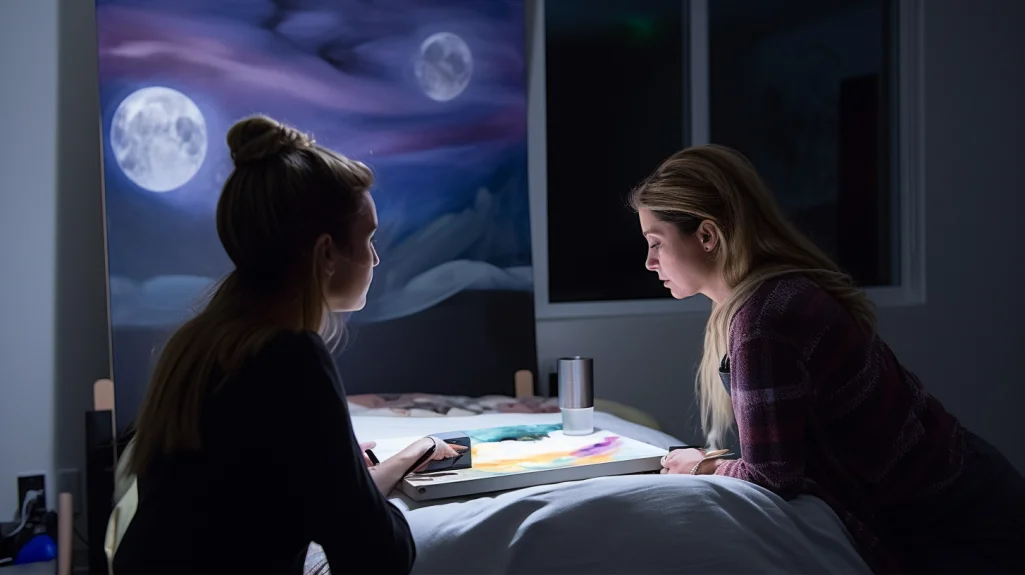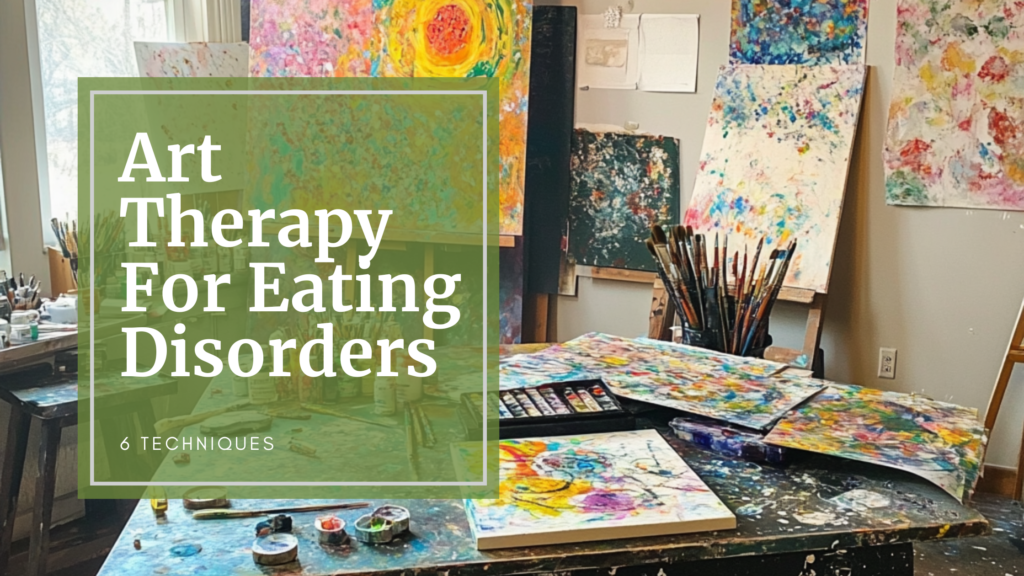The Ultimate Guide to Art Therapy Activities for Sleep and Restful Nights

Discover the transformative power of art therapy activities to improve sleep and achieve more restful nights with our comprehensive guide.
Introduction
In our modern, fast-paced world, sleep is a critical component of overall well-being. Unfortunately, many individuals face sleep challenges, leading to stress, anxiety, and diminished quality of life. Art therapy offers a creative and efficient solution for overcoming sleep issues and enjoying more restful nights. Our Art Therapy Practitioner Training Course provides a solid foundation for those interested in incorporating art therapy into their lives or practice.
Understanding Art Therapy
Art therapy is an expressive therapy form that harnesses creative expression to promote mental, emotional, and physical healing. By engaging in art-making activities, individuals can explore their emotions, develop self-awareness, and cultivate coping skills for various life challenges, including sleep issues. Learn more about art therapy certification and licensure here.
The Connection Between Art Therapy and Sleep
Art therapy can improve sleep by:
- Alleviating stress and anxiety: The process of creating art allows individuals to express their emotions and release tension, leading to reduced stress and anxiety levels.
- Fostering relaxation: Engaging in art-making activities can induce a state of relaxation and calmness, preparing the mind and body for sleep.
- Establishing a sleep-inducing routine: Integrating art therapy into your bedtime routine can signal your brain that it’s time to wind down and sleep.
5 Remarkable Art Therapy Activities for Sleep
1. Sleep Mandala
Creating a mandala is a meditative and relaxing activity that can help you focus your thoughts and clear your mind before sleep. Draw a circle and fill it with intricate patterns and shapes, focusing on the process rather than the end result. Explore more art therapy activities for anxiety to help you relax.
2. Dream Journaling
Keep a dream journal by your bedside and record your dreams upon waking. This practice can help you process your thoughts and emotions, leading to improved sleep quality.
3. Nighttime Gratitude Collage
Create a gratitude collage by cutting out images and words from magazines that represent things you are grateful for. This activity can help you shift your focus from daily stressors to positive aspects of your life, promoting relaxation and sleep.
4. Bedtime Coloring
Coloring can be a soothing and calming activity that prepares your mind for sleep. Choose a coloring book with intricate patterns or nature scenes, and spend 20-30 minutes coloring before bedtime. Discover the benefits of adult coloring for stress to help you unwind.
5. Sleep Visualization Painting
Engage in a sleep visualization exercise by painting a calming scene that represents your ideal sleep environment. This activity can help you mentally prepare for sleep and promote relaxation.
Designing the Ideal Sleep Environment
To fully benefit from art therapy activities, it’s essential to create a sleep-conducive environment by:
- Maintaining a consistent sleep schedule
- Keeping your bedroom dark, quiet, and cool
- Investing in a comfortable mattress and pillows
- Limiting exposure to screens and blue light before bedtime
- Using calming scents, such as lavender or chamomile, to promote relaxation
Extra Tips for Deep, Restorative Sleep
In addition to art therapy activities and creating a sleep-friendly environment, consider incorporating these tips to improve your sleep quality:
1. Practice Mindfulness Meditation
Mindfulness meditation can help you become more aware of your thoughts and emotions, allowing you to release tension and stress before bedtime.
2. Engage in Gentle Exercise
Participating in gentle exercise, such as yoga or stretching, can help you relax and prepare your body for sleep.
3. Limit Caffeine and Alcohol Consumption
Avoid consuming excessive amounts of caffeine and alcohol, especially in the evening, as they can disrupt your sleep patterns.
4. Create a Bedtime Routine
Establish a bedtime routine that includes calming activities, such as reading, listening to soothing music, or engaging in art therapy. This routine will signal your brain that it’s time to wind down and prepare for sleep.
5. Seek Professional Help if Needed
If you continue to struggle with sleep despite trying various strategies, consider seeking the help of a healthcare professional or a certified art therapist for further guidance and support. Our Grow Your Holistic Practice course can also provide you with valuable insights to enhance your practice.
Conclusion
Art therapy activities offer a creative and effective approach to improving sleep and promoting restful nights. By incorporating these activities into your bedtime routine and creating a sleep-conducive environment, you can reduce stress, increase relaxation, and enjoy better sleep quality. Remember to be patient with yourself, as it may take time to see significant improvements in your sleep patterns. Stay consistent with your art therapy practice, and you’ll be on your way to more restful nights and improved overall well-being.















Responses